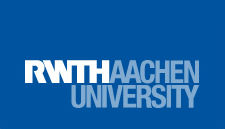The increasing demand for sustainable building materials requires alternative flame retardants that are more sustainable than those used to date. In this context, we present our first results with recycled poultry feather waste for the production of flame-retardant fibreboards. Impregnated wood fibres show a significantly reduced decomposition rate and decomposition temperatures that are approx. 50 °C higher. In addition, decomposition takes place gradually and not immediately as with untreated wood. With a total protein content of approx. 10 % by weight, the boards produced using the wet process are self-extinguishing and do not smoulder. In the three-point bending test, these fibreboards failed at 15 N/mm2, the limit value required by DIN EN 622 for commercially available, formaldehyde-bonded MBH fibreboards. This shows that the recycled feather residues not only have an impressive flame-retardant effect, but can also be used as a fully-fledged binder for a new generation of ecological fibreboards. As these boards are based exclusively on natural materials, they can be shredded and composted at the end of their life cycle.
The article was selected by the Journal for the cover of issue 5(50).
M. Brenner, O. Weichold
Protein Hydrolysates from Biogenic Waste as an Ecological Flame Retarder and Binder for Fiberboards
ACS Omega 2020, 5, 32227−32233. https://dx.doi.org/10.1021/acsomega.0c03819





Leave a Reply